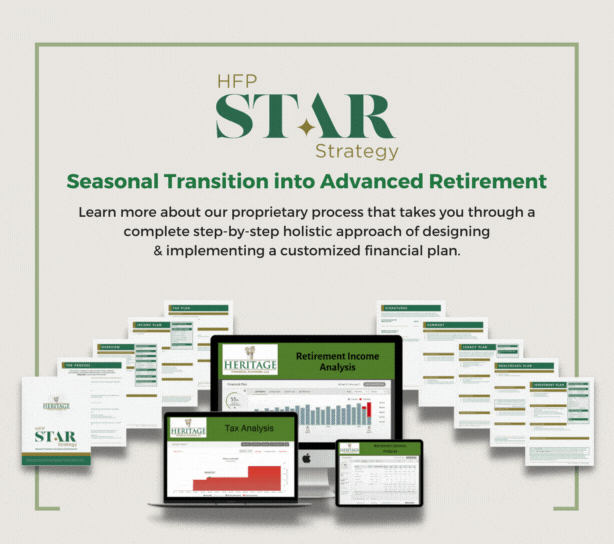Balancing retirement and education savings is a difficult decision for parents.
As the summer wanes and children across the country return to school, parents are once again reminded of the looming costs of education. From kindergarten to college, the expenses associated with a child’s education are substantial. In contrast, another critical financial goal – retirement – demands equal attention. The question of which priority should come first – funding your retirement or funding your child’s education – is a complex dilemma that many parents face.
The Emotional and Financial Tug-of-War
Parents naturally want the best for their children, often making sacrifices to ensure their future success. Funding a child’s education is seen as a direct investment in their potential, opening doors to opportunities that may not be available without higher education. The joy of seeing your child attend their dream college is a reward many parents cherish. However, this emotional connection can cloud the long-term implications of such a decision.
On the other hand, retirement savings are less tangible in the short term. The benefits of a well-funded retirement account are felt years, if not decades, later. It’s easy to delay retirement contributions, thinking there’s plenty of time to catch up. However, this mindset can be perilous. The power of compound interest means that the earlier you start saving for retirement, the more your money can grow. Delaying retirement savings can lead to a shortfall in the future, potentially leaving parents dependent on their children or struggling financially during their golden years.
The Case for Prioritizing Retirement
Financial advisors often recommend prioritizing retirement savings over funding a child’s education. This advice may seem counterintuitive or even selfish, but it’s rooted in the reality of financial independence. The reasoning is straightforward: You can borrow for college, but you can’t borrow for retirement.
If parents exhaust their savings to pay for their child’s education, they may have to work longer, reduce their standard of living in retirement, or rely on their children for financial support later in life. This scenario could place a significant burden on the very children they sought to help. By prioritizing retirement savings, parents ensure their future financial security, which in turn can provide peace of mind and prevent becoming a financial burden on their children.
The Case for Funding Education
Conversely, many parents view education as the most important gift they can give their children. A well-educated child is more likely to secure a good job, become financially independent, and contribute positively to society. In this light, funding a child’s education appears not just as an expense but as a crucial investment in their future.
There’s also the argument that the rising cost of education makes it increasingly difficult for young people to graduate without significant debt. Parents who can help their children avoid this burden may feel a moral obligation to do so. After all, starting adulthood with a large student loan can hinder a young person’s ability to save for their own future, including their retirement.
However, it’s essential to consider the long-term implications of depleting savings to pay for education. If parents sacrifice their retirement savings, they might unintentionally place their children in a position where they feel obligated to provide financial support in the future. This could create a cycle where the children, now adults, are unable to save adequately for their own retirement because they are supporting their aging parents.
Finding the Balance: A Dual Approach
The debate between prioritizing retirement savings and funding a child’s education doesn’t have to be an either-or decision. With careful planning, it’s possible to achieve a balance between the two goals. This balance starts with a realistic assessment of both retirement needs and educational costs.
Parents should begin by estimating how much they will need for retirement and setting a savings goal. Tools such as retirement calculators can help determine how much to save each year to reach that goal. Once a retirement plan is in place, parents can look at what’s left to allocate toward their child’s education.
There are several strategies to fund a child’s education without sacrificing retirement savings. For example, contributing to a 529 plan allows parents to save for education in a tax-advantaged account. Scholarships, grants, and work-study programs can also offset college costs. Encouraging children to attend a less expensive school, at least for the first two years, or to live at home during college, can also make education more affordable.
Moreover, involving children in the discussion about financing their education can be a valuable life lesson. Teaching them about student loans, the importance of financial planning, and the long-term impact of debt can empower them to make informed decisions about their education and future.
The Role of Financial Literacy
An often overlooked aspect of this debate is the role of financial literacy. Educating children about money management from an early age can have a profound impact on their future financial decisions. Parents who model sound financial habits and involve their children in budgeting and saving discussions provide them with tools that will benefit them throughout their lives.
For instance, understanding the value of compound interest and the importance of starting to save early can help young adults prioritize their own retirement savings when the time comes. Additionally, a financially literate child is more likely to appreciate the sacrifices parents make and may be more willing to contribute to their education costs through part-time work or scholarships.
Securing a Future for Both Generations
As parents navigate the back-to-school season, the decision to prioritize retirement savings or fund a child’s education becomes even more pressing. While the emotional pull to provide the best education possible is strong, it’s crucial to weigh this against the long-term implications of neglecting retirement savings.
Ultimately, the best approach is a balanced one – securing your own financial future while providing your child with the resources they need to succeed. By planning early, making informed decisions, and involving children in financial discussions, parents can ensure that both their retirement and their children’s education are well-funded. This dual approach not only supports a child’s immediate needs but also safeguards the financial stability of both generations for years to come.
In this way, the decision to fund retirement or education becomes less about choosing one over the other and more about achieving harmony between two of life’s most significant financial goals.
How Heritage Financial Planning Can Help
As parents face the challenge of balancing retirement savings and funding their child’s education, our custom, proprietary HFP S.T.A.R. Strategy offers a clear path to securing both goals. Our approach focuses on Stability, Tax Efficiency, Asset Growth, and Retirement Security, helping you develop a comprehensive plan that addresses your family’s unique financial needs.
By prioritizing both your future and your child’s education, you can achieve a balanced strategy that ensures long-term success for both generations. Contact Heritage Financial Planning today to schedule a consultation and start building a plan that supports your family’s financial future.
Source: Copyright © 2024 FMeX. All rights reserved. Distributed by Financial Media Exchange.













